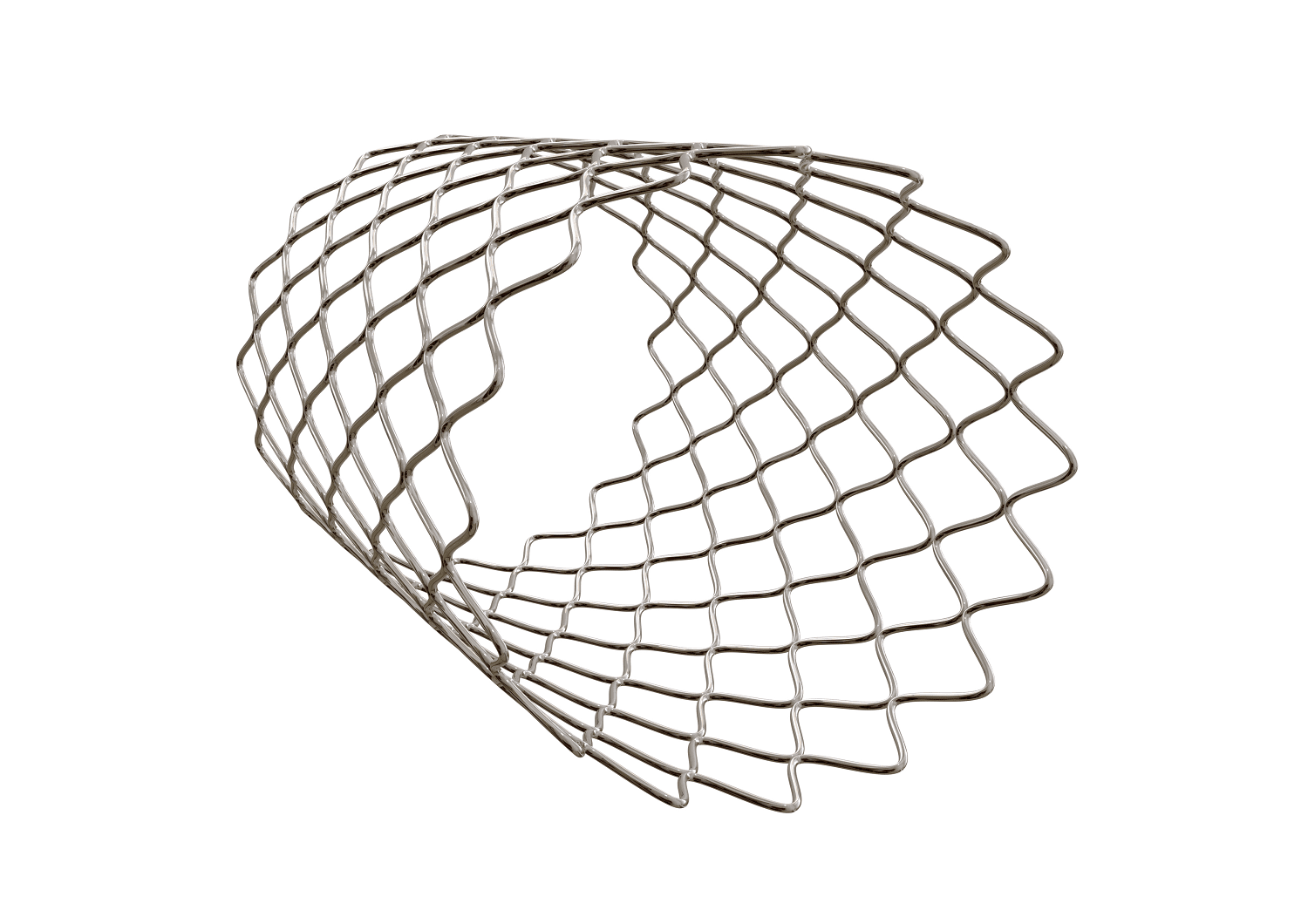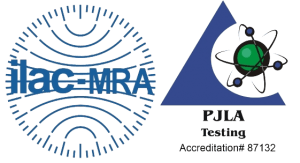Stent/Stent Graft Testing
The BDC Laboratories’ technical experts are active members of AAMI/ISO 25539 Standard Workgroup (WG3) which covers Endovascular Prostheses (Part 1) and Vascular Stents (Part 2). In addition, the team participates in the ASTM Endovascular Prosthesis Standards Committee that is continuously working toward establishing testing methods aimed at Stent Testing and Stent Graft Testing.
Our comprehensive internal stent & stent graft testing capabilities, per the respective published guidance documents, are presented below. In addition to the noted tests, BDC Labs excels in developing custom test methods specific to novel and unique endovascular technologies. Finally, all test programs can be executed at a level consistent with the data’s application to optimize efficiency in time and cost, ranging from abbreviated early stage development studies to final, formal regulatory submission studies.


Move Forward with BDC
ISO Standards
25539-1 & 25539-2
Implant
- Dimensional Verification
- Diameter to Balloon Inflation Pressure
- Length to Diameter Relationship
- Recoil
- Integral Water Permeability
- Water Entry Pressure
- Fabric Water Permeability
- Burst/Circumferential Strength
- Crush Resistance (Flat Plate & Radial)
- Flex/Kink
- Local Compression
- Longitudinal Tensile Strength
- Migration Resistance
- Modular Pull Strength
- Magnetic Resonance Imaging (MRI) Safety
- Radial Force
- Strength After Repeated Puncture
- Graft to Stent Attachment Strength
- Corrosion Assessment
- Radial Durability
- Bending Durability
- Axial Durability
- Torsional Durability
- Dislodgement Force
- Dogboning
- Profile Effect/Flaring
- Stent-Free Surface Area
Endovascular System
- Dimensional Verification
- Profile/Diameter
- Hemostasis
- Simulated Use
- Force to Deploy
Delivery System
- Balloon Inflation / Deflation Time
- Balloon Rated Burst Pressure
- Balloon Volume to Burst
- Balloon Rated Fatigue
- Tensile Bond Strength
- Torsional Bond Strength
- Tubing Longitudinal Tensile Strength
ASTM Standards
- F2052: Measurement of Magnetically Induced Displacement Force on Medical Devices in the Magnetic Resonance Environment
- F2079: Measuring Intrinsic Elastic Recoil of Balloon-Expandable Stents
- F2081: Characterization and Presentation of the Dimensional Attributes of Vascular Stents
- F2119: Evaluation of MR Image Artifacts from Passive Implants
- F2129: Standard Test Method for Conducting Cyclic Potentiodynamic Polarization Measurements to Determine the Corrosion Susceptibility of Small Implant Devices
- F2182: Measurement of Radio Frequency Induced Heating On or Near Passive Implants During Magnetic Resonance Imaging (MRI)
- F2213: Measurement of Magnetically Induced Torque on Medical Devices in the Magnetic Resonance Environment
- F2394: Measuring Securement of Balloon Expandable Vascular Stent Mounted on Delivery System
- F2477: In vitro Pulsatile Durability Testing of Vascular Stents
- F2503: Marking Medical Devices and Other Items for Safety in the Magnetic Resonance Environment
- F2743: Coating Inspection and Acute Particulate Characterization of Coated Drug-Eluting Vascular Stent Systems
- F2942: In vitro Axial, Bending, and Torsional Durability Testing of Vascular Stents
- F3044: Test Method for Standard Test Method for Evaluating the Potential for Galvanic Corrosion for Medical Implants
- F3067: Radial Loading of Balloon Expandable and Self Expanding Vascular Stents
FDA Guidance
Intravascular Stents and Delivery Systems
- Stent Corrosion Resistance
- Dimensional Verification
- Percent Surface Area
- Foreshortening
- Recoil
- Stent Integrity
- Radial Stiffness / Radial Strength
- Mechanical Properties
- Durability Testing
- Particulate Evaluation
- Magnetic Resonance Imaging (MRI) Safety and Compatibility
- Crush Resistance
- Kink Resistance
- Delivery, Deployment, Retraction
- Balloon Rated Burst Pressure
- Balloon Fatigue
- Stent Diameter vs. Balloon Pressure
- Catheter Bond Strength
- Crossing Profile
- Balloon Inflation / Deflation Time
- Stent Securement